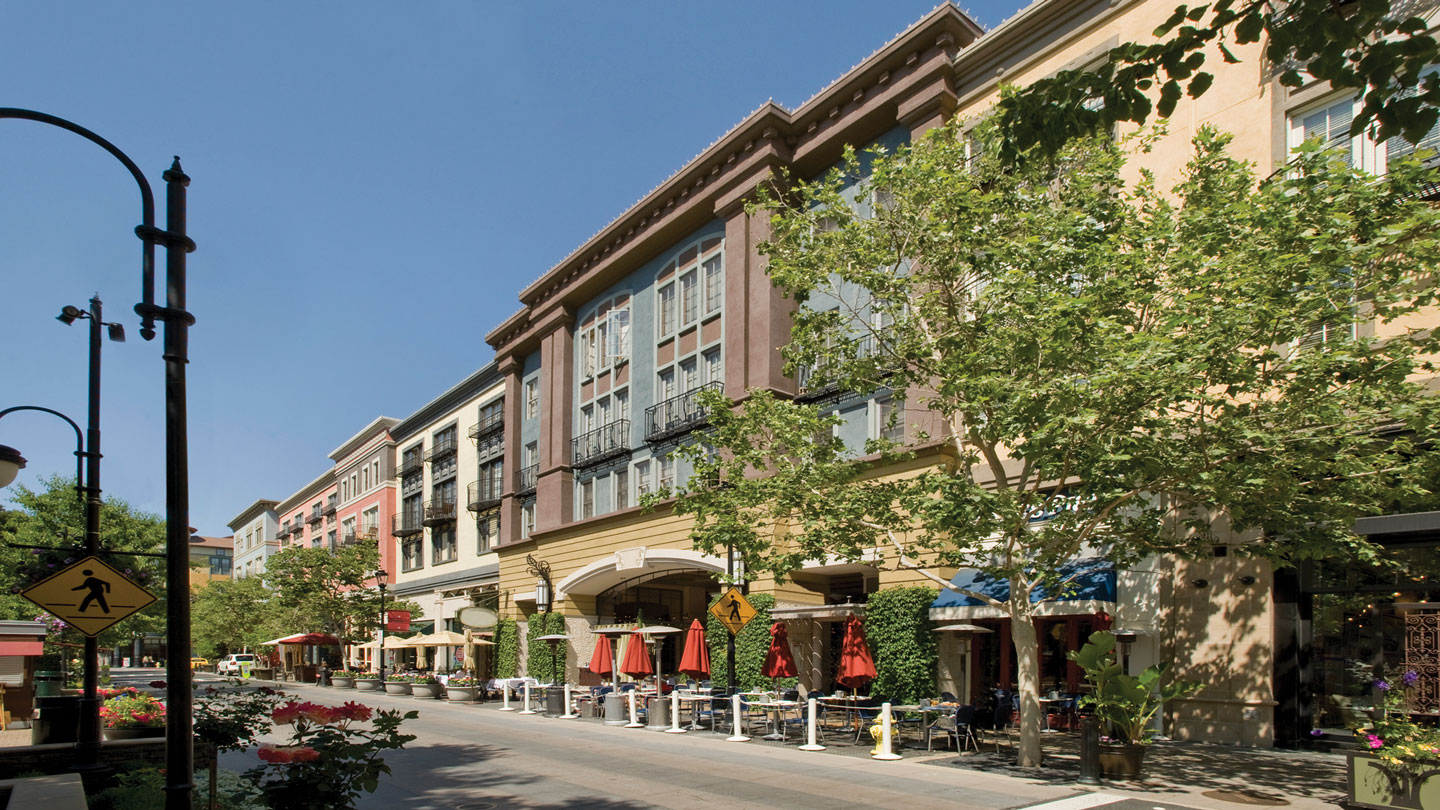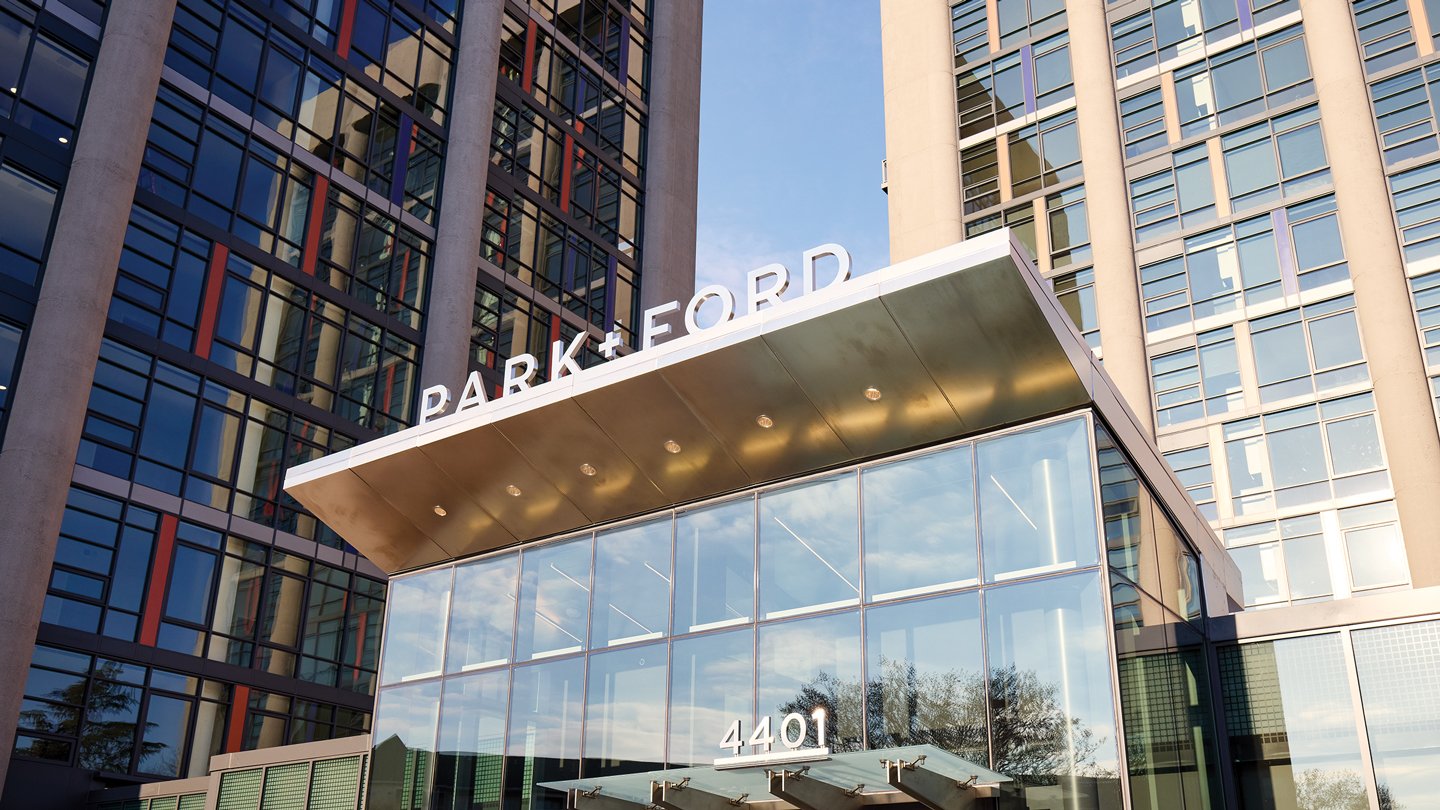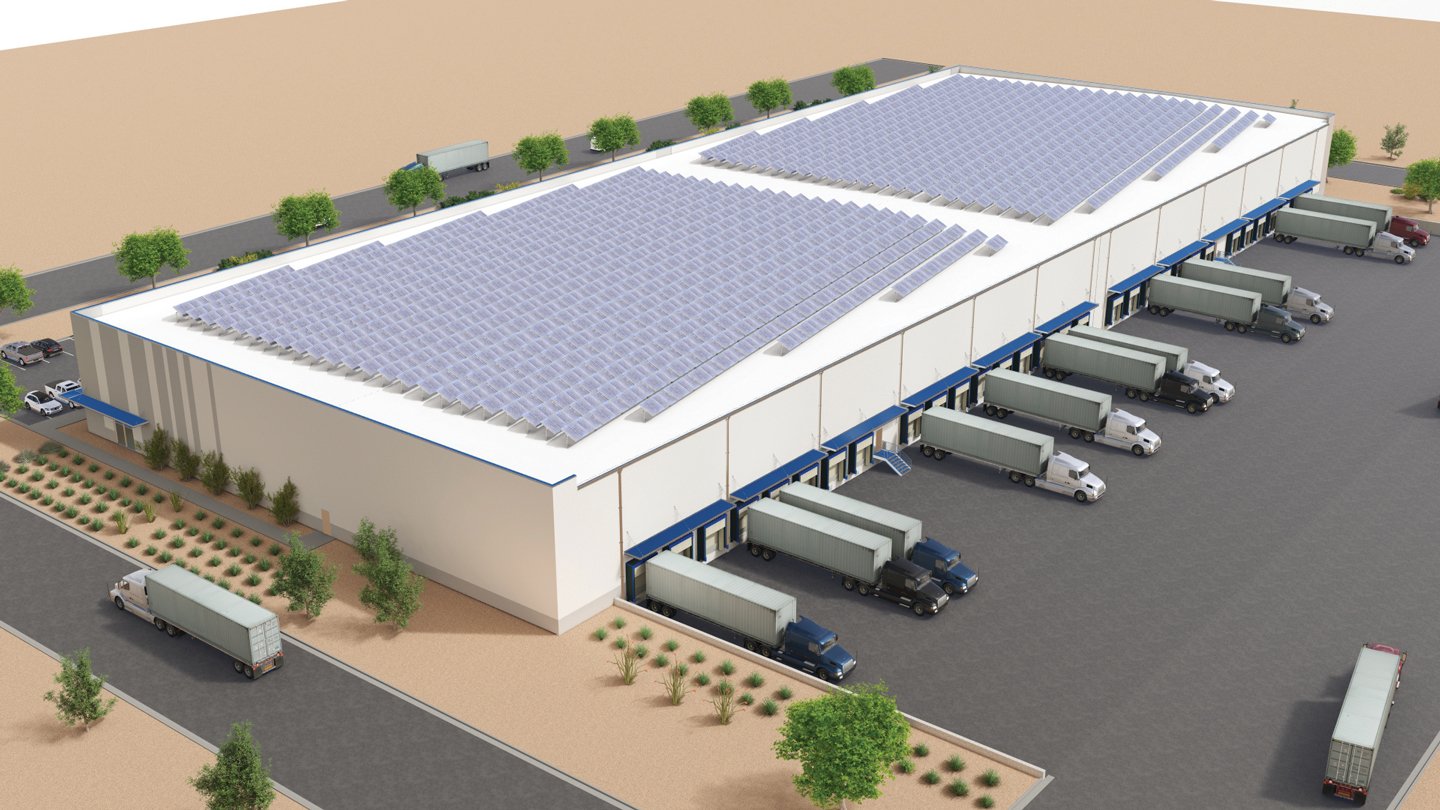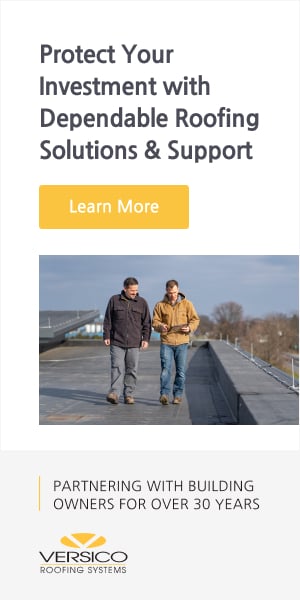
Why Mixed-Use Spaces Are the Future of Retail
Underutilized retail centers provide opportunities to reinvigorate communities.
Several converging trends are presenting an opportunity for developers to shape the future of retail environments. The first is the rise of online retail, which continues to significantly disrupt physical retail spaces, especially those serving middle-market communities. Additionally, there is skyrocketing demand for mixed-use spaces in which people can reside, work, and find recreational and entertainment options nearby. According to analysis from commercial real estate research firm Yardi Matrix, the number of apartments completed annually in “live-work-play” developments quadrupled between 2012 and 2021, rising from 10,000 to 43,700.
Lingering social and economic fallout from the pandemic is also shaping the future of retail. The pandemic accelerated the adoption of online shopping, spurred the rapid rise of remote and hybrid working arrangements, and rekindled people’s desire to connect after a period of isolation. Population shifts that predate the pandemic are also in play, creating affordable housing crises in many regions. A March 2023 report from the National Association of Home Builders found that approximately 73% of American families cannot afford a new single-family home at the current median price of $425,786.
Mixed-use developments can help address all these challenges and offer a compelling alternative to the malls and shopping centers of the past. Here’s a closer look at how these factors have come together to create an opportunity — and how developers and the communities they serve can benefit.
15 Minutes vs. 18 Hours: How Mixed-Use Spaces Are Evolving
Traditional retail centers were built near population centers to maximize visibility and encourage foot traffic. This makes the properties attractive for reuse due to the proximity to jobs and entertainment as well as the inherent walkability built into the original projects. Retail centers already function as destinations, making them ideal for housing that is offered as a component of the live-work-play lifestyle. Residential areas that provide access to public spaces, nature and recreation opportunities are attractive neighborhoods by definition.
A sustained retail building boom left the country “over-retailed” in many regions, with the impact varying according to the socioeconomic status of the community. High-end shopping centers near affluent areas were and still are weathering the “retail apocalypse” by catering to the niche needs of wealthier shoppers, while retail centers in lower-income areas are persevering to creatively meet those communities’ basic needs.
The retail space glut hit middle-market retail centers hardest, and that’s where the greatest opportunity for the development of mixed-use spaces lies. The business case for developers to rethink retail centers as mixed-use spaces transcends the trendy urban planning concept of “15-minute cities,” which posits that everything people need should be within 15 minutes’ walking or bicycling distance, including homes, jobs, schools, grocery stores, shops, health care, entertainment and recreational spaces.
Instead, developers can focus on creating “18-hour neighborhoods” that draw people into retail center locations as a destination and keep them there as long as possible to maximize the return on investment. In most cases, the infrastructure to support mixed-use spaces that can function as 18-hour neighborhoods already exists in retail center locations that are prime redevelopment opportunities, such as the 1950s-era Westlake Shopping Center in California, which is slated for redevelopment as a live-work-play community. Infrastructure typically includes ample parking and public transportation that serves retail centers, which were originally sited to maximize utility as a local destination.
How Developers Can Capitalize on the Live-Work-Play Community Trend
An industry insights feature from the International Council of Shopping Centers on mixed-use properties from April 2019 noted that nearly 80% of U.S. adults would consider a residence in a live-work-shop-play community that offered entertainment, dining, work and recreation opportunities. Demand may be even higher with the waning of the pandemic era, as people have demonstrated a desire to rejoin their communities and support local businesses. Live-work-play communities can attract a variety of business tenants and a diverse range of residents while also addressing housing needs if the design supports the following key features:
Safety: People need to feel protected in the areas where they live, work and play. Developers of mixed-use projects should give consideration to community crime protection as well as other safety factors such as adequate lighting and traffic control. Focusing on walkability and ease of foot traffic increases safety for residents because highly populated areas benefit from more surveillance and reduced crime.
Wellness: Opportunities to maintain physical and mental wellness are an important component of live-work-play communities. This includes access to green spaces and options for engaging in restorative physical activities, which could include walking trails, bike paths or fitness centers.
Commerce: Development of mixed-use spaces provides opportunities in the form of jobs during initial construction as well as work related to retail, entertainment and dining facilities that are part of the new community.
Connection: Neighborhoods that feature shared spaces where people can come together facilitate the formation of true community.
For example, the AMLI Residential mixed-use development in Pasadena, California, uses street connections, alleyways and strategic security features to fashion spaces for public connection and movement through the ground-floor retail and commercial space while creating secured space for tenants, without sacrificing connection. The multibuilding development uses the historic context of neighboring buildings to place the new development within the local community and become an active part of the streetscape.
Features like these are especially attractive to local planners. For example, in July 2022, the Montgomery County Planning Department in Maryland released findings from a comprehensive multijurisdictional study of mixed-use development trends conducted jointly with consulting firm HR&A Advisors. The study cited several factors associated with successful mixed-use development, and many of the findings are directly relevant to developers who may wish to pursue mixed-use projects at existing retail centers. The Montgomery County study recommends streamlining development approval processes and adjusting policies to provide more flexibility. That’s an added incentive for developers considering repurposing retail center properties as mixed-use spaces using the live-work-play model. For many existing properties, the blueprint is already there because retail centers were designed to be flexible as business uses evolved and to encourage foot traffic — goals shared by planners who adhere to 15-minute-city principles and developers who see 18-hour neighborhoods as a revenue driver.
Re-creating existing retail centers as a modern revenue engine will require adapting the properties to accommodate new uses and experiences for residents, business tenants and visitors. Design and construction will vary according to the features of individual properties and regional needs, but there’s a through line in the trends that are driving rising demand for live-work-play communities. Developers who see the opportunity and transform retail centers built for another era into mixed-use spaces that meet today’s challenges will reshape retail for a more profitable future.
Kurt Volkman is associate principal, housing and mixed-use sector leader at HED.
RELATED ARTICLES YOU MAY LIKE

Revitalization and Revenue: Office Conversions as a Way to Rebuild Cities
It’s not a panacea, but reuse can inject life into business districts.
Read More
Facility Managers Must Prepare for an All-Electric Future
Before that, many commercial buildings could benefit from hybrid electrification.
Read More
Developers Can Cash Out Tax Credits for Renewable Improvements
A major change to the tax code could greatly incentivize green construction in commercial real estate.
Read More


